Analyzing Allergies and Intolerances in Food & Beverage Operations
VerifiedAdded on 2023/06/18
|6
|1068
|64
Report
AI Summary
This report delves into the critical aspects of managing food allergies and intolerances within the food and beverage sector, a vital component of the hospitality industry. It highlights the differences between food allergies, where the immune system reacts to harmless foods, and food intolerances, involving chemical reactions. Common symptoms are discussed, emphasizing the importance of providing customers with accurate information to ensure safe food choices. The report references allergen labeling laws, including Natasha’s Law, which mandates comprehensive ingredient and allergen labeling for pre-packed foods made on-premises. Personal experiences from restaurant training are shared, illustrating practical strategies for communicating with customers about allergies and preventing cross-contamination. The report concludes by stressing the need for restaurant authorities to implement measures that protect customers from potential harm caused by allergens and intolerances, reinforcing the importance of continuous learning and awareness in the hospitality industry. Desklib offers a wealth of resources, including solved assignments and past papers, to support students in this field.
1 out of 6
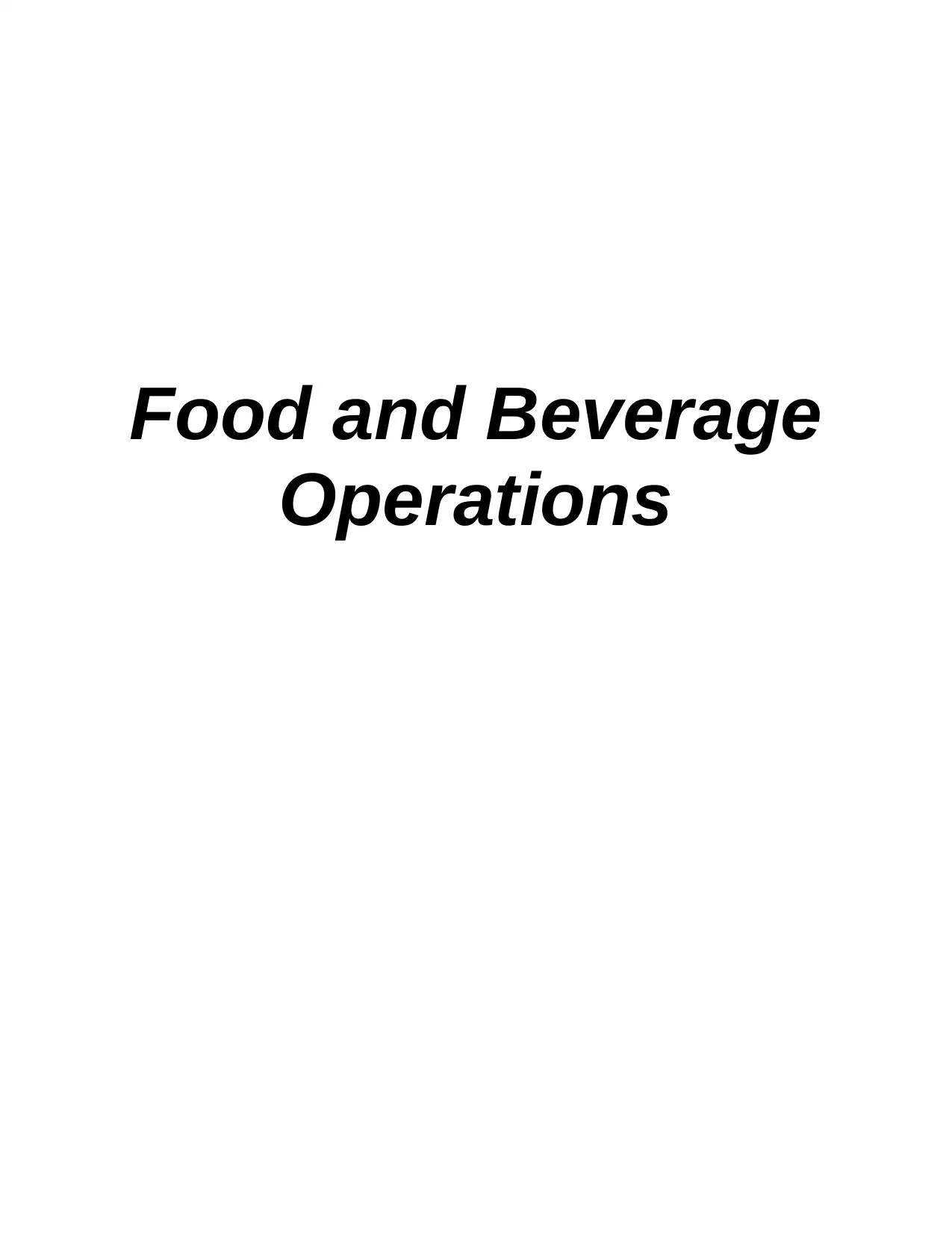

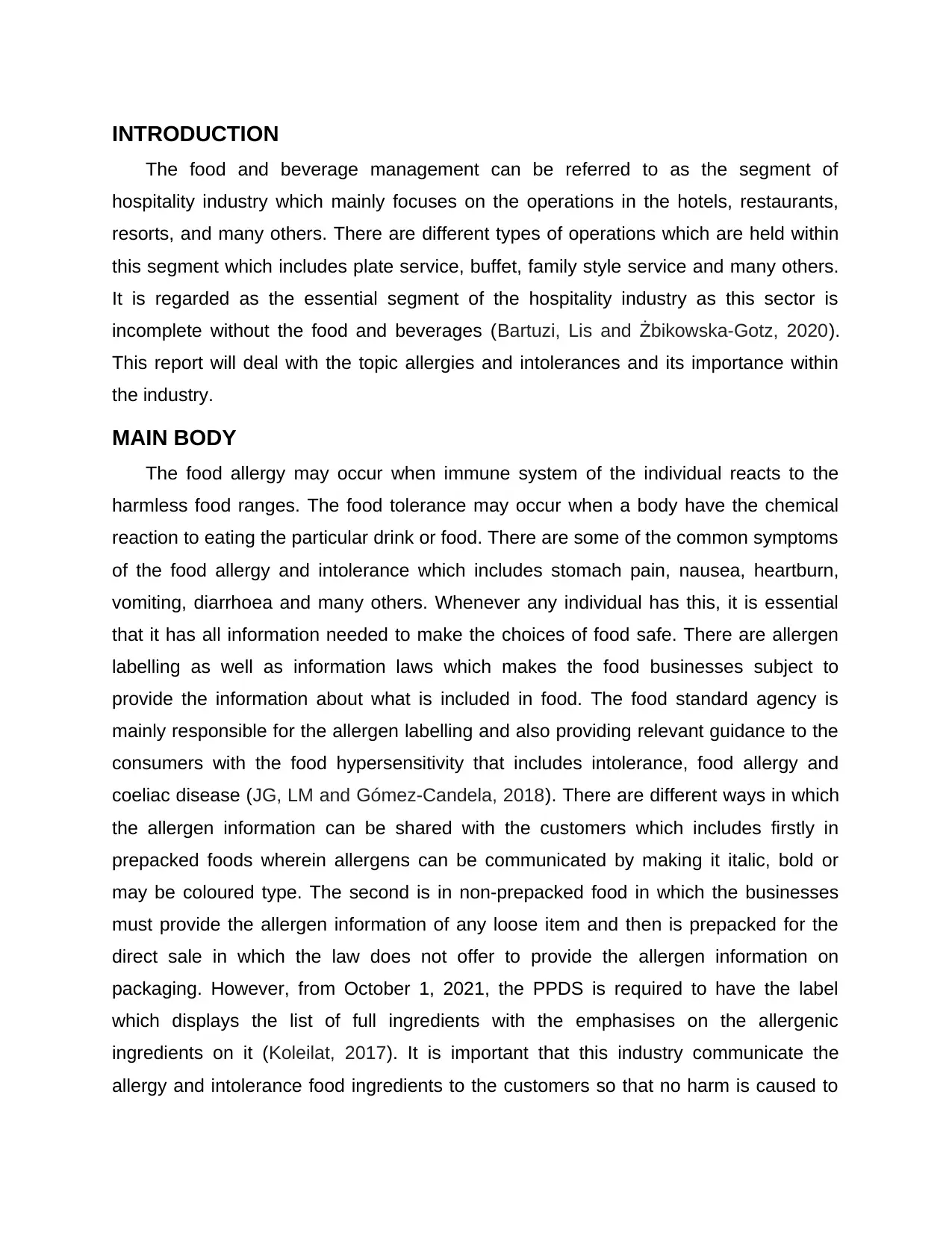

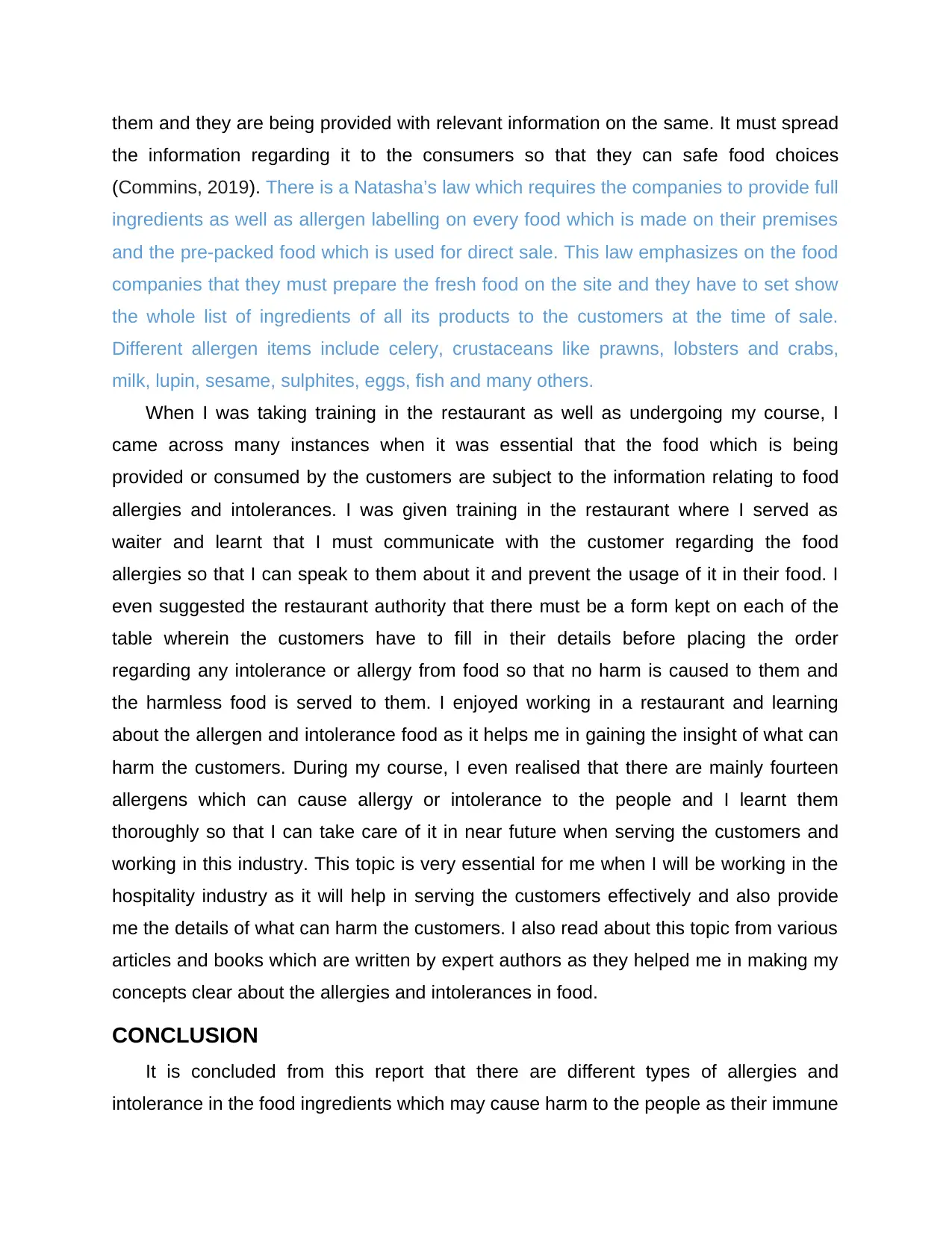
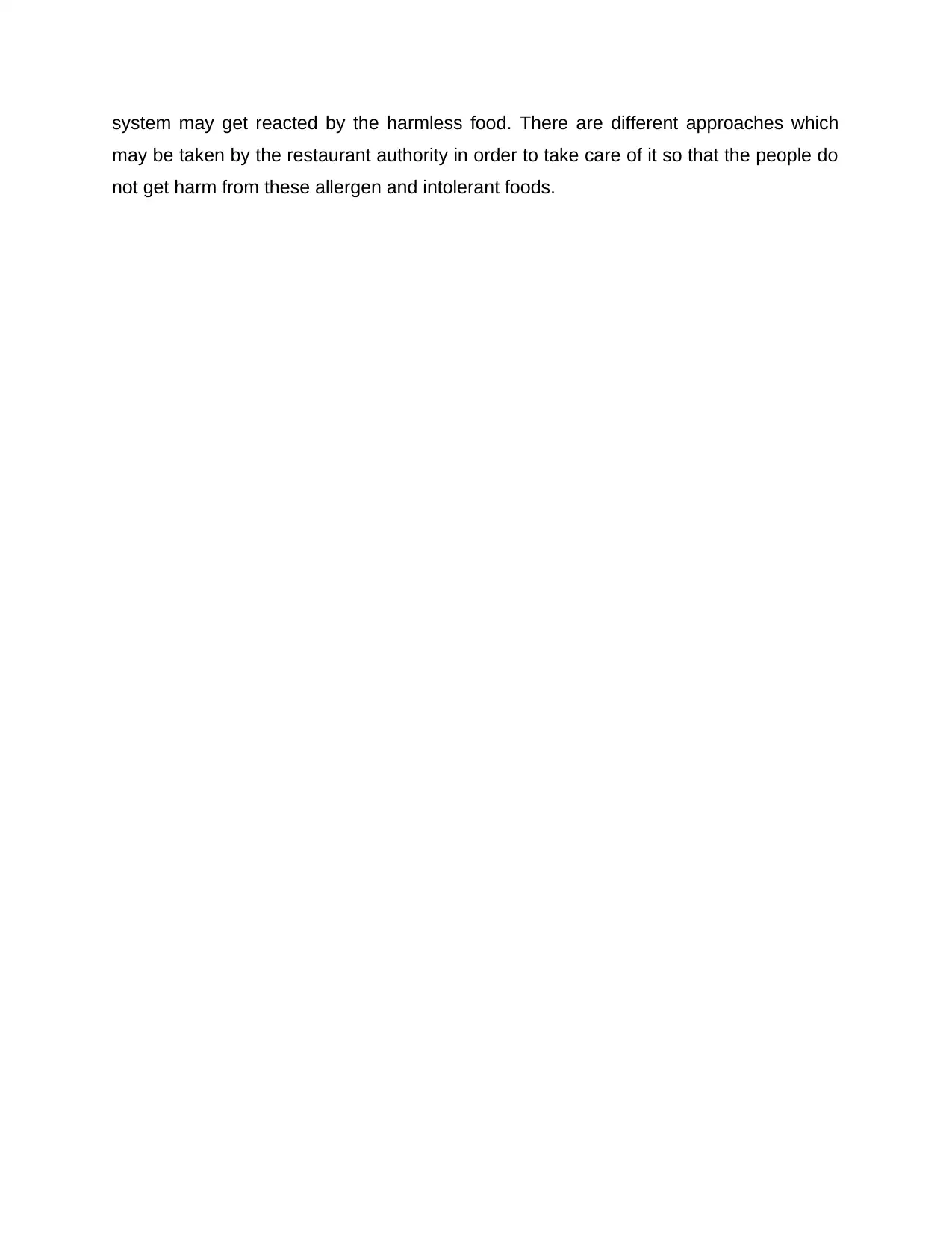
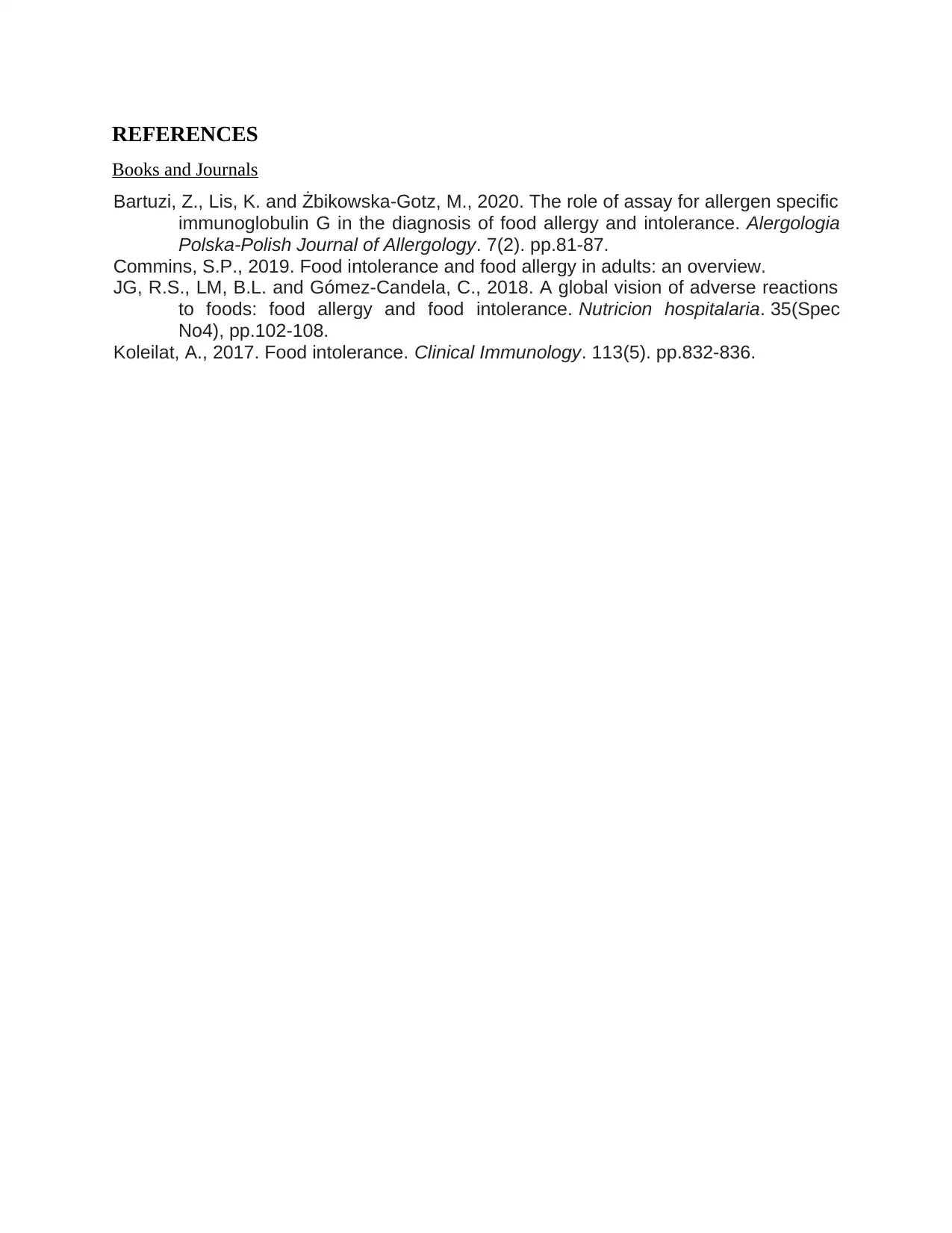






![[object Object]](/_next/static/media/star-bottom.7253800d.svg)